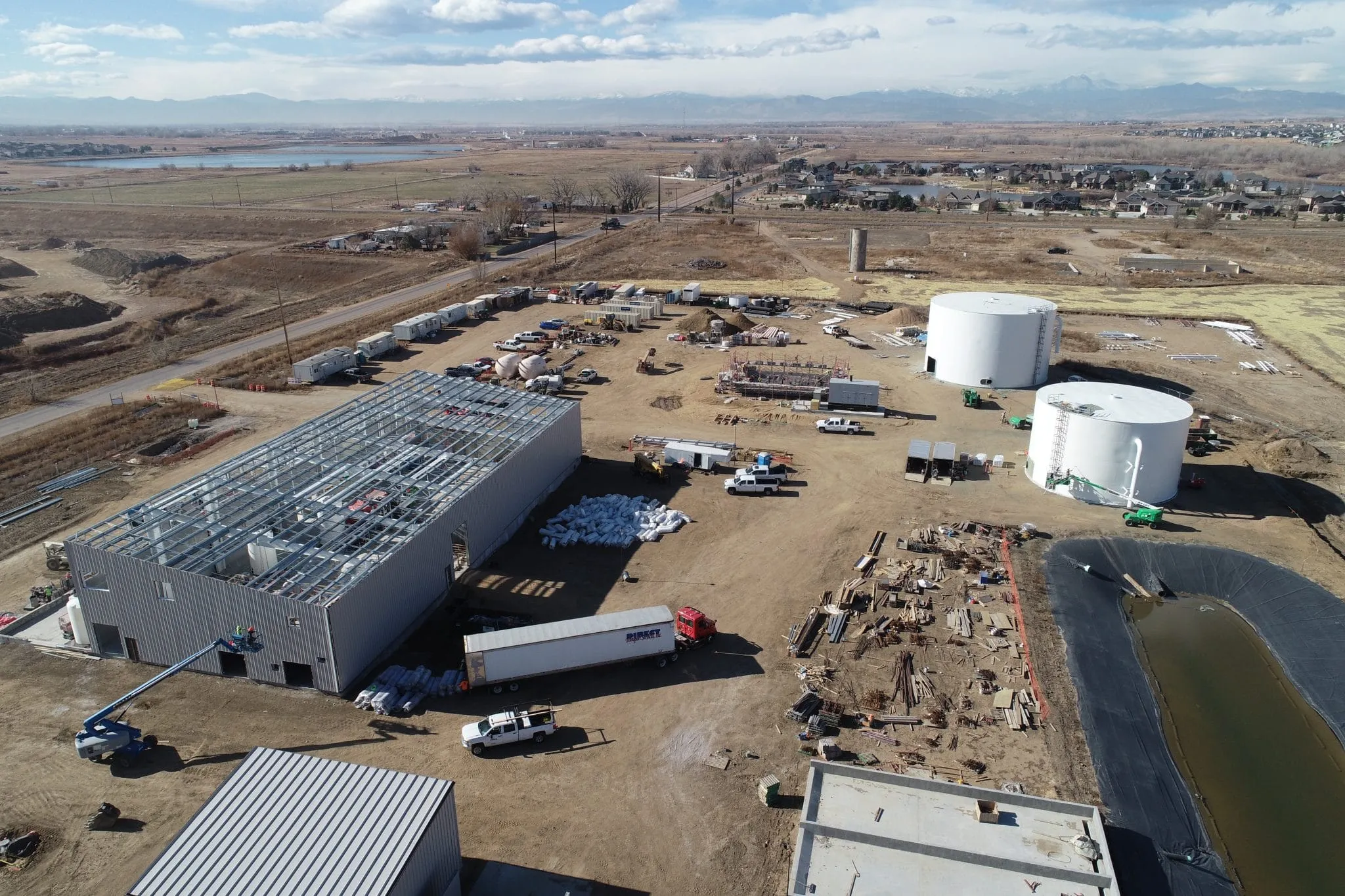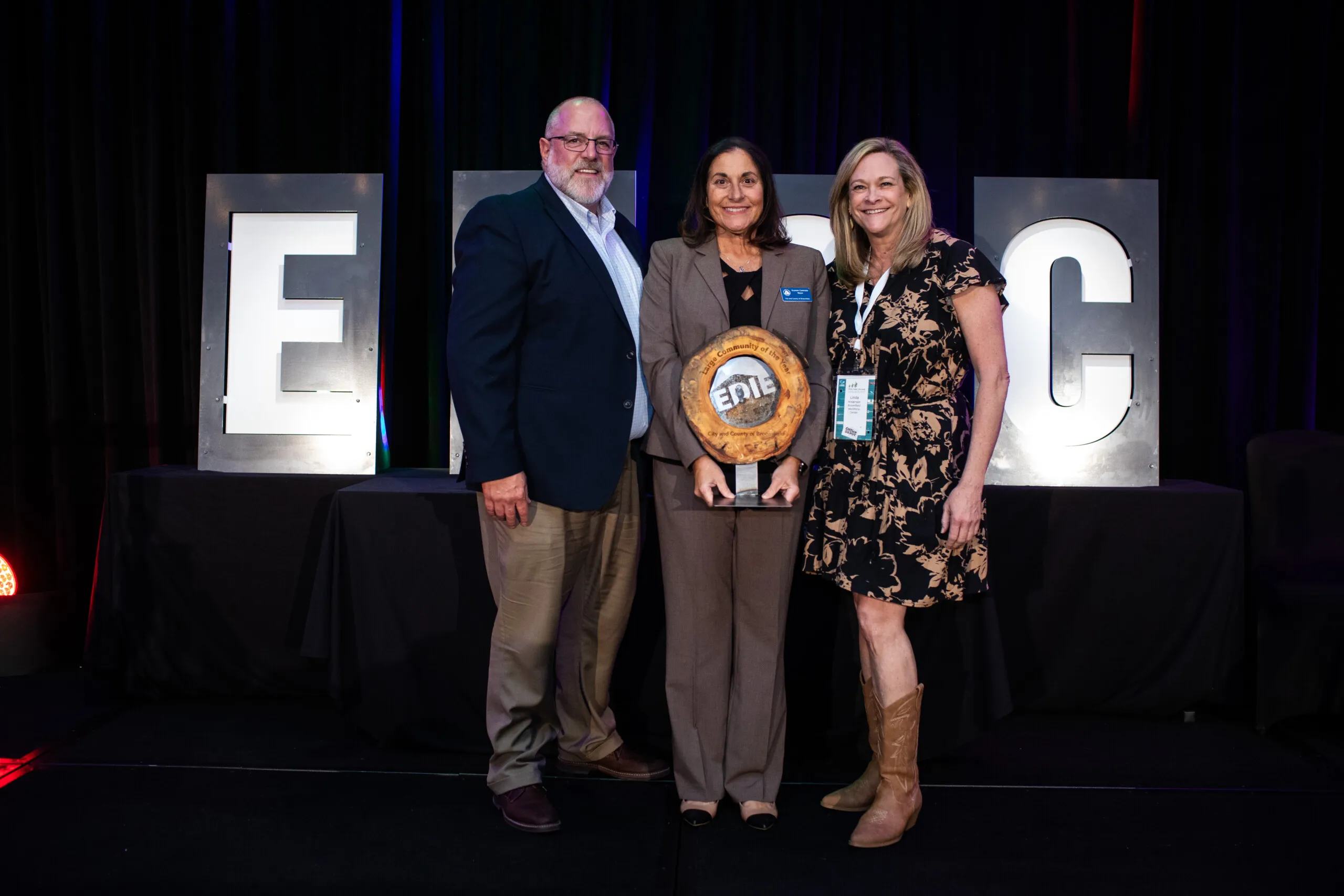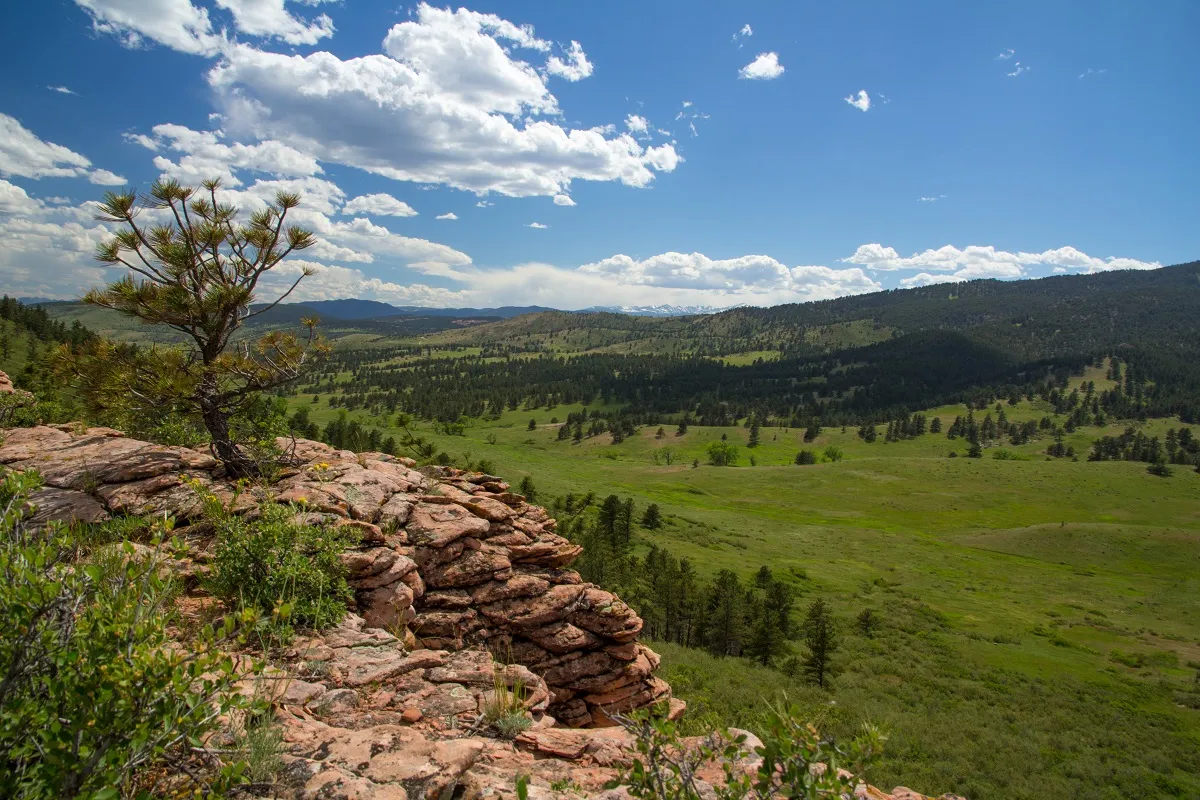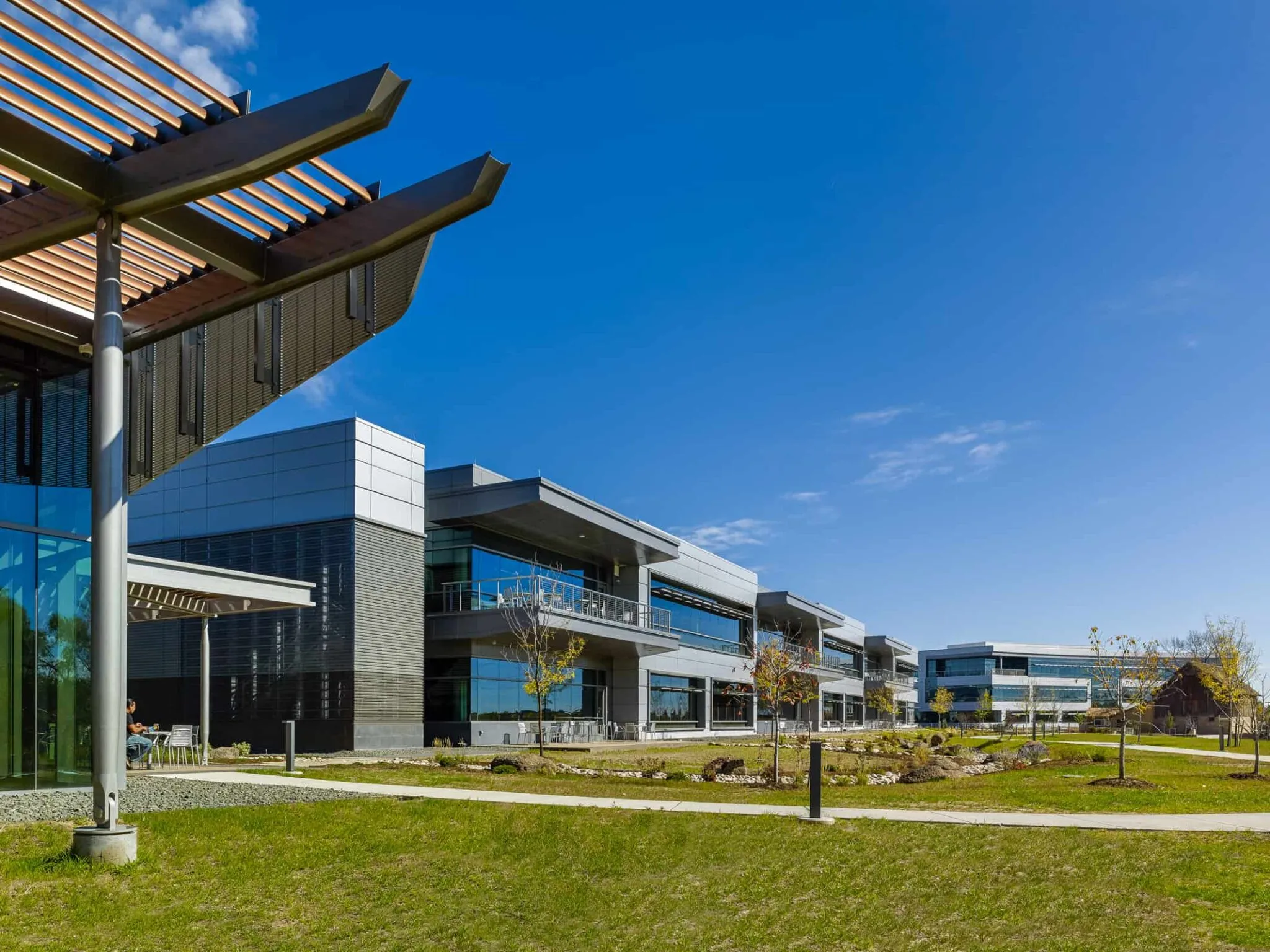Firestone will soon treat water at its own facility

Editor’s note: The spelling of Gregg Ten Eyck’s last name has been corrected in this version of the story.
FIRESTONE — Beginning in April, Firestone will begin to produce treated water from its new water-treatment facility, dubbed the St. Vrain Water Treatment Plant.
The plant is one part of a multi-million dollar investment into diversifying the town’s water supply that includes the water plant, surface reservoirs, subsurface water in alluvial wells, conversion of irrigation water to municipal use and reuse of some water resources.
“The town years ago understood that the pressure on the supply side with C-BT [Colorado-Big Thompson] water and the…
THIS ARTICLE IS FOR SUBSCRIBERS ONLY
Continue reading for less than $3 per week!
Get a month of award-winning local business news, trends and insights
Access award-winning content today!





